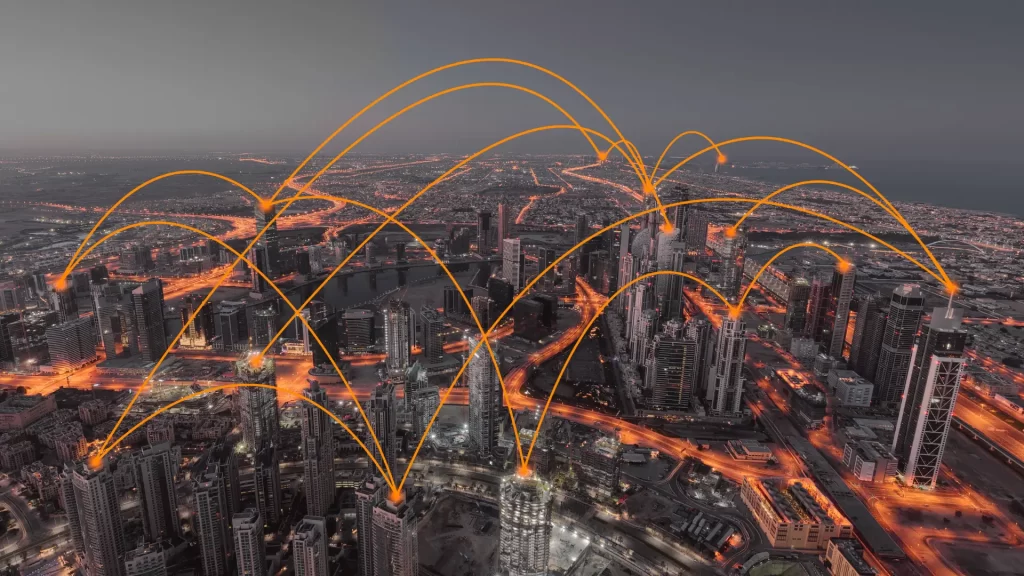Once upon a time, the internet felt alive. You logged into a forum, joined a niche microblog, or stumbled upon a carefully curated blogroll. Real people discussed real things. Opinions were messy, debates were long, and most of all, content felt like it mattered.
Fast forward to today, and we’re in a very different world. The feed is infinite, the visuals are generated, the headlines are baited, and the voices are suspiciously generic. It’s not just that the internet has changed. It’s that it’s stopped feeling human.
Dead Internet Theory; once a fringe joke about bots outnumbering real users, now reads less like conspiracy, more like diagnosis. Because what we’re facing isn’t the death of users. It’s the death of meaningful interaction.
From content to clutter: when everything is optimized, nothing is authentic
The problem didn’t start with AI, but it certainly accelerated with it. Content is now pumped out by machines trained to mimic what clicks. Infinite quote cards, AI-generated memes, faceless videos telling you how to feel, what to buy, who to believe. None of it is wrong. None of it is real.
Meanwhile, platforms like Facebook and TikTok are flooded with slop-low-effort, high-reach visuals designed to trigger just enough emotion to keep your thumb moving. Shrimp-Jesus memes, fake charity stories, exaggerated headlines about nothing. It’s not information. It’s engineered noise.
What used to be a space for curiosity is now a loop of algorithms predicting your impulses before you can even think of them. The goal is not to inform or inspire. It’s to capture milliseconds of attention and convert them into ad revenue.
The collapse of structure: where did the digital community go?
In the early web, the architecture of conversation had form. Forums had threads. Blogs had archives. Even early social media, with its chronological order, allowed for a semblance of narrative.
Now, the feed is a void. Posts surface, disappear, mutate. Virality has no memory. A video might get ten million views, spark no real dialogue, and vanish the next day. The internet became a mall where every aisle screams for your attention but sells you the same thing—engagement without connection.
We’re not just overloaded. We’re disoriented. There’s no center. No hierarchy of relevance. News stories sit next to AI dating advice. Crisis footage scrolls past animal videos. Everything demands the same urgency, but nothing demands critical thought.
Can we build our way out?
Despite the bleakness, not all is lost. The tools that allowed this decay also hold the potential for renewal. Community-led platforms, federated networks, open-source protocols—they’re quietly rebuilding the scaffolding of digital trust. But these spaces need more than infrastructure. They need people willing to reject the default.
To choose slower content. To value originality over virality. To re-center humanity in a machine-optimized ecosystem.
Because the real danger isn’t that bots have taken over. It’s that we’ve started acting like them-producing, consuming, and interacting on autopilot. If the internet is to feel alive again, we need to stop feeding the algorithm and start feeding each other.
Not with slop. But with signal.
















